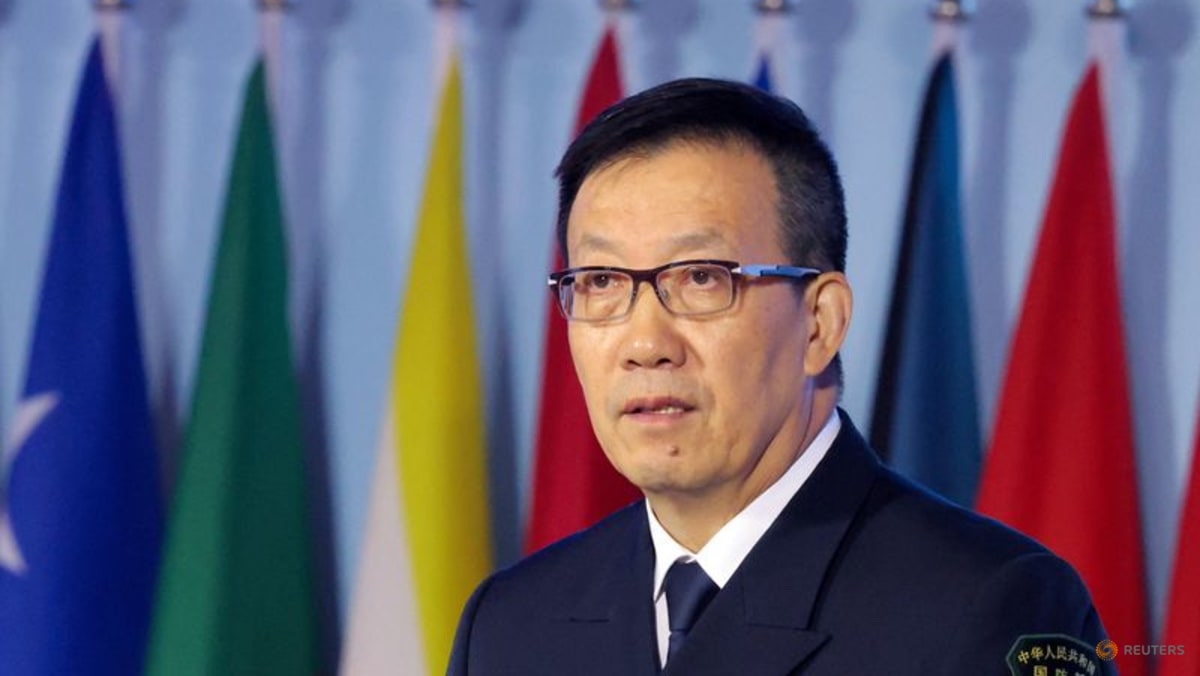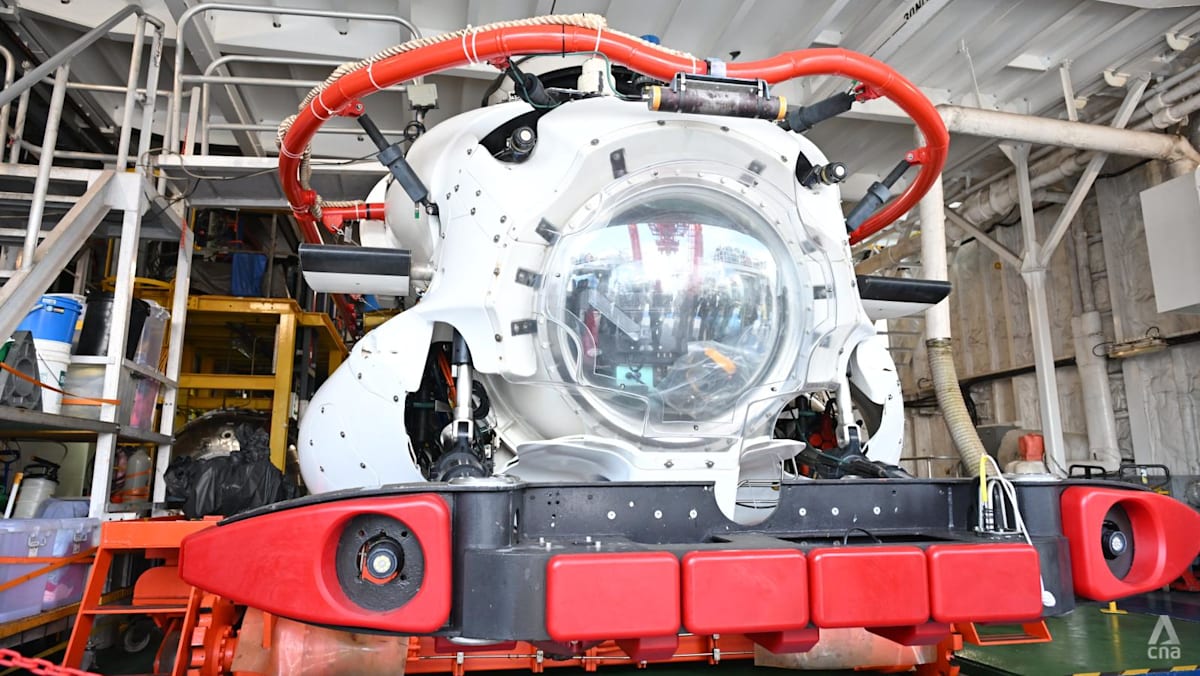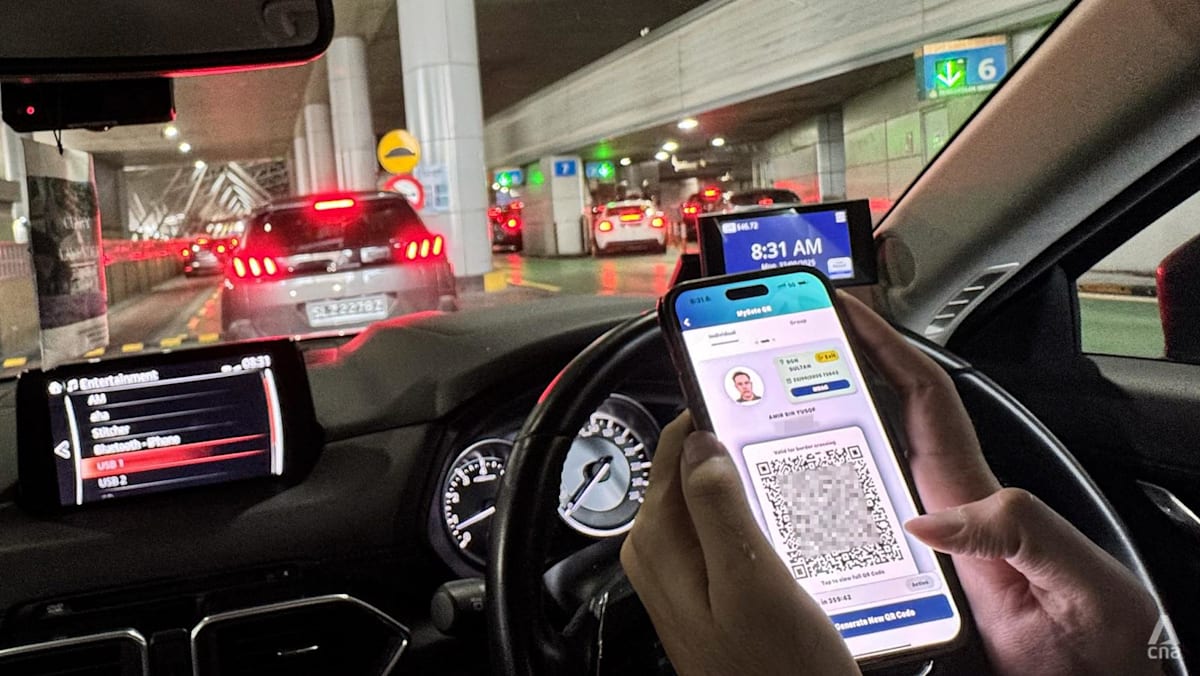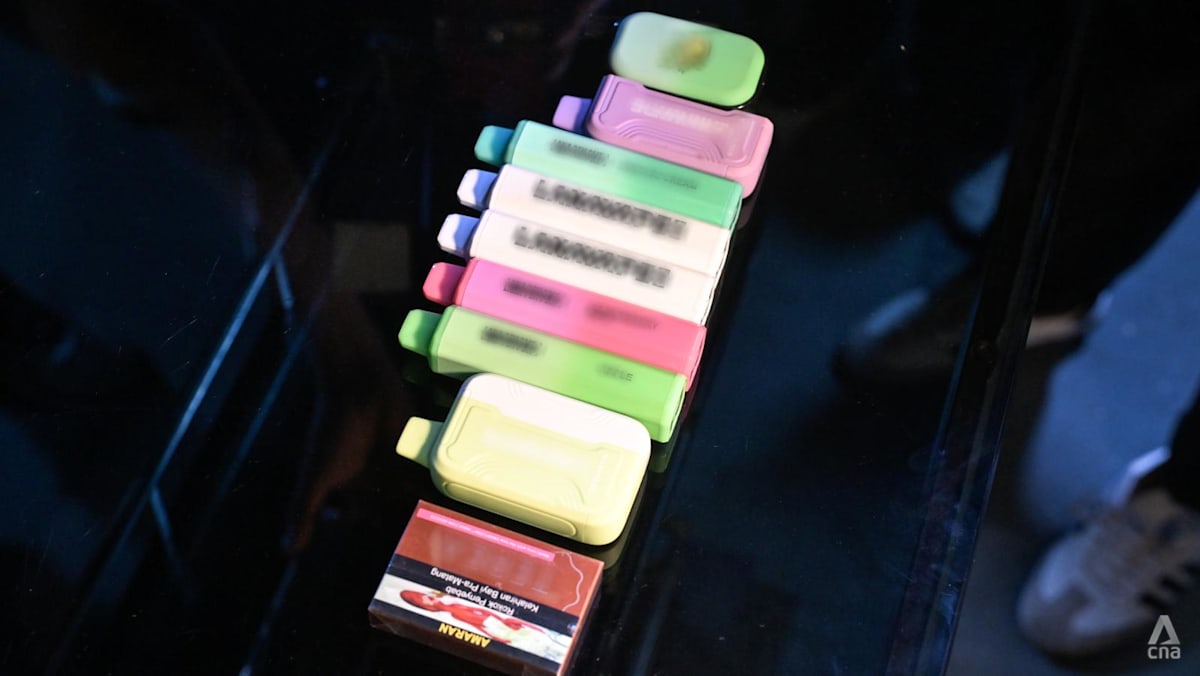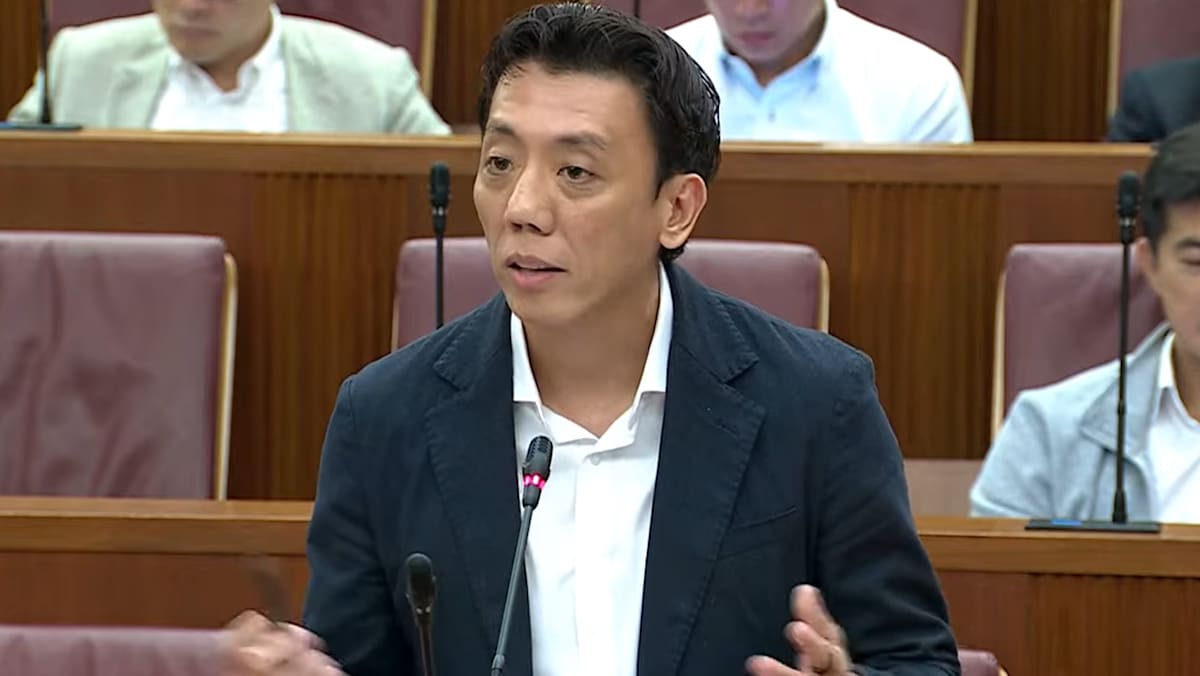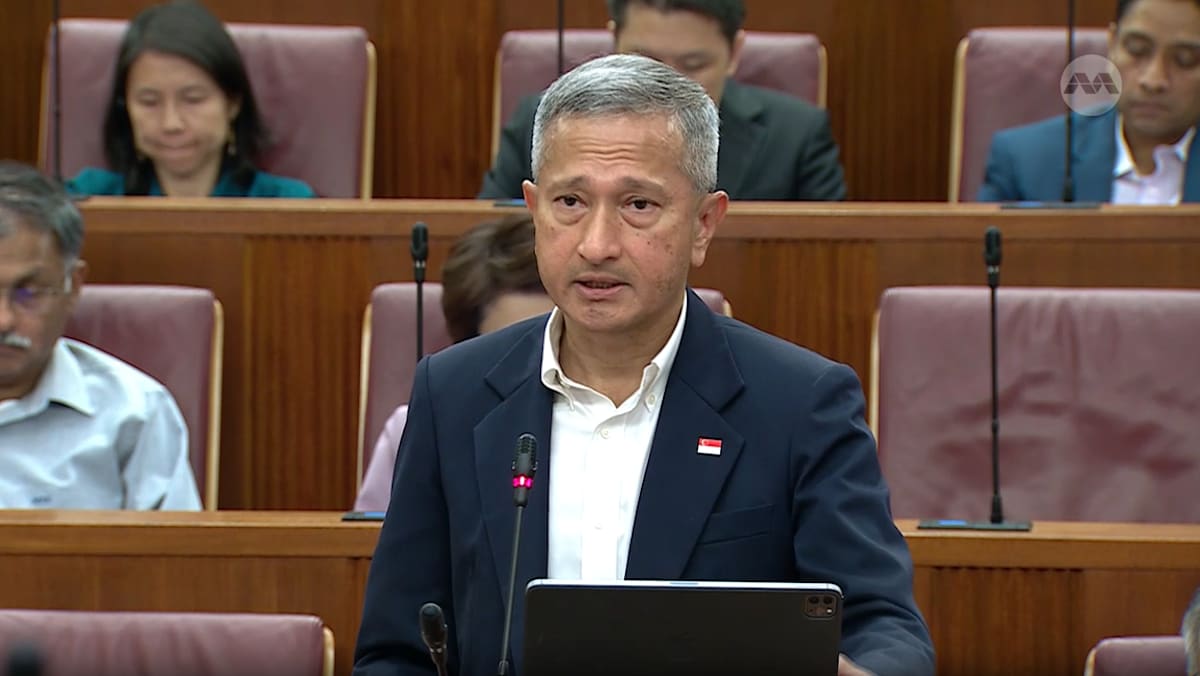The submarine rescue option is “infinitely more ideal” than escape, said COL Fong.
He shared an analogy of an airplane unable to land, with passengers and crew needing to be evacuated immediately.
“Imagine another small airplane coming to you and transferring to that small airplane and taking you to safety, as opposed to giving everyone a parachute and jumping out of the plane,” COL Fong said.
A dedicated rescue vessel like the DSAR 6 can bring the affected submariners up and transfer them to medical facilities in a controlled way.
From a medical standpoint, it also means moving them to a chamber at the same pressure, thus helping to prevent the release of nitrogen bubbles into their blood and reducing the incidence of life-threatening injuries, noted Major Dr Ng.
In response to CNA’s queries, the Singapore navy noted that submarine rescue and escape does not include the management of the boat itself.
A separate plan will need to be developed to salvage the abandoned submarine, which requires a different set of capabilities, it added.
FOREIGN NAVIES
Representatives from participating foreign navies who spoke to media had high praise for the RSN-hosted exercise.
Commander Takeuchi Shunkichi from the Japanese navy called it a “precious opportunity” to improve their own capabilities.
The Indian navy’s Captain Vikas Gautam said that training at sea with counterparts gives them a chance to align standard operating procedures which can evolve according to international benchmarks.

